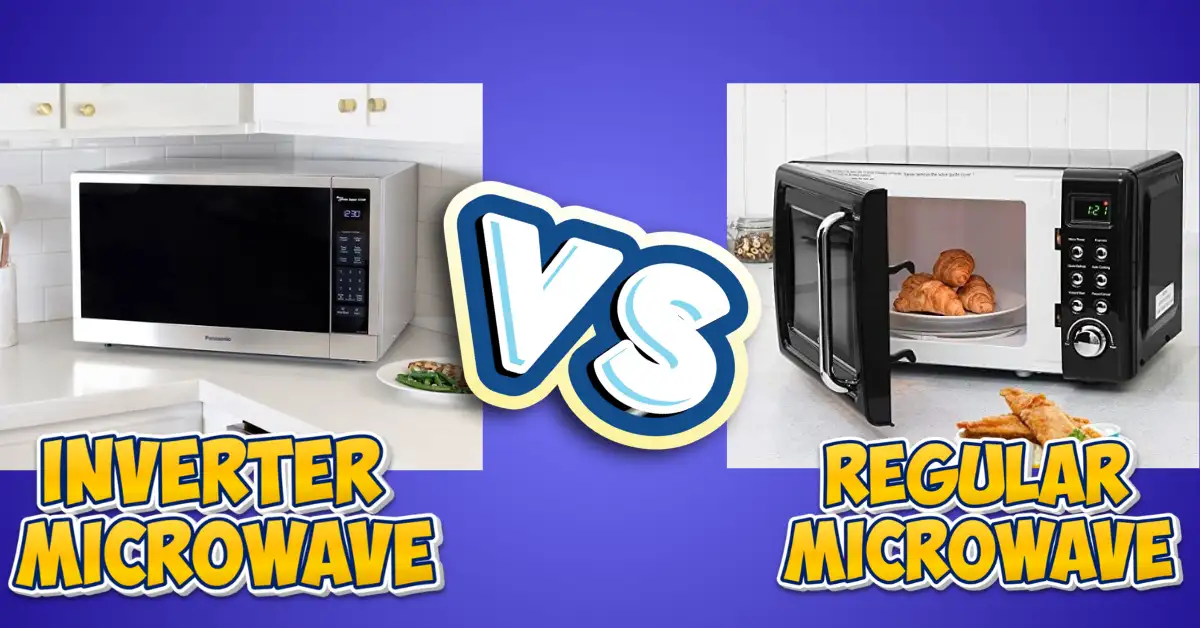Ever wondered why some meals come out perfectly heated, while others are icy in the middle or scorched on the edges? That’s exactly what got me thinking about the whole inverter microwave vs regular debate. After switching between both types for years, I’ve seen the quiet differences that really matter. It’s not just about wattage or size—it’s about how your food is treated.
In this review, I’ll walk you through what makes each type unique, where they shine, and where they stumble. If you’re torn between simple and smart, stick around—this might just help you choose the right fit for your kitchen.
Table of Contents
Inverter Microwave Review
I’ve been using inverter microwaves from this brand for over three years, and they’ve changed the way I cook—faster, quieter, and way more consistent.
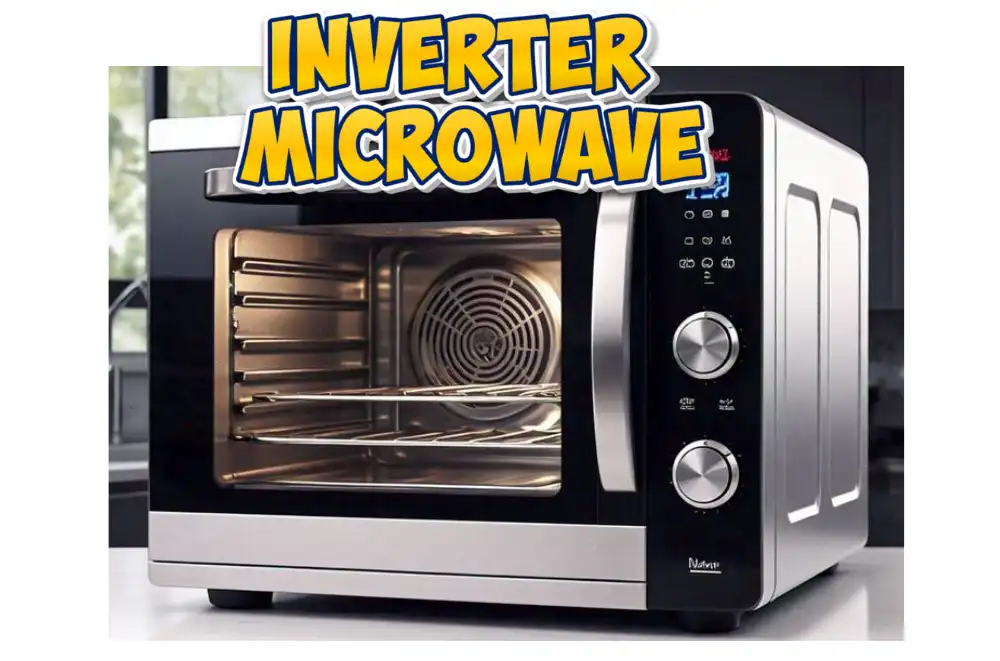
What I Like
Here’s what impressed me the most after using several inverter microwaves from this brand over the years.
- Even Heating Every Time
Unlike traditional microwaves that blast food in short bursts, inverter microwaves cook with a steady stream of power. I’ve noticed my leftovers heat up evenly—no more cold centers or overcooked edges. - Perfect for Defrosting
I used to dread defrosting meat because it would partly cook around the edges. With inverter technology, it gently thaws food so it stays fresh and raw—just how it should be. - Energy-Efficient Operation
I love saving a little on electricity. Since inverter microwaves use consistent power instead of on-off cycles, I’ve noticed slightly lower energy use over time. - Great for Delicate Foods
Melting chocolate or softening butter used to be a game of chance. Now, it’s smooth sailing. The precision heating makes a real difference when you need control. - Whisper-Quiet Performance
Some models from this brand run so quietly, I often forget they’re on. That’s a small win, but one I really appreciate in a noisy kitchen.
What Could Be Better
No product is perfect. Here’s what I think could be improved, without it being a dealbreaker.
- Higher Initial Cost
Inverter microwaves tend to cost more upfront than regular ones. While the value pays off in the long run, I do wish the entry-level options were a bit more budget-friendly. - Takes Time to Understand Power Settings
The consistent power is great, but it took me a while to get used to how long things actually need to cook. A clearer guide from the brand would help new users. - Not All Models Feel Premium
While the top-tier units feel solid, some entry-level models from the brand could use better finishing touches—especially the buttons and door handles.
My Personal Experience
I’ve been using inverter microwaves from this brand for over three years, across two different homes. From busy meal preps to quiet midnight snacks, they’ve been a reliable kitchen companion.
Design
The look and feel really matter, especially in a modern kitchen.
The design strikes a sweet balance between sleek and practical. I love how clean and modern the control panel looks—it doesn’t scream for attention, but it fits right in with my stainless steel appliances. Even the compact models feel thoughtfully made, with enough room inside for large plates without taking up the whole counter.
Performance
This is where inverter microwaves really shine—and where I’ve felt the biggest difference.
Compared to my old microwave, the way this one heats food is night and day. With inverter tech, it doesn’t just zap your food—it warms it like a simmer instead of a boil. I can reheat soup without bubbling over, and steam veggies without them turning to mush. That level of control has made my meals better and cooking more relaxed.
Build Quality
Build quality is something I notice right away, especially after months of daily use.
Most inverter microwaves from this brand feel solid and built to last. The door closes with a firm, satisfying click. The turntable moves smoothly. After years of use, I haven’t seen signs of wear beyond some natural fingerprints. Some models could use a sturdier keypad, but overall, these machines hold up well and still look good on my counter.
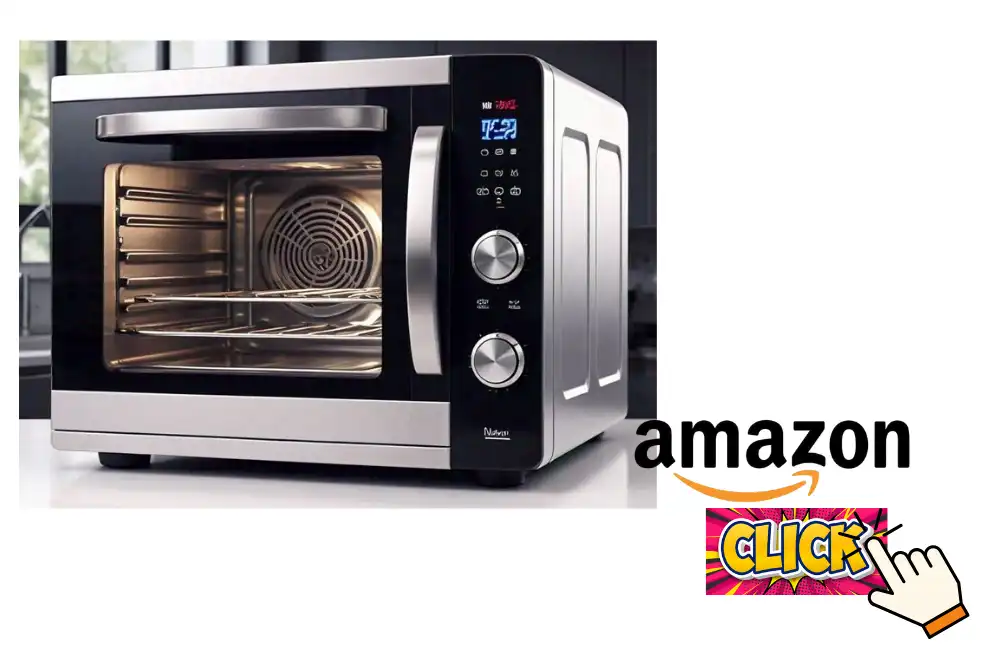
Check Latest Price and Offer at Amazon
Regular Microwave Review
I’ve been using regular microwaves for years, and they’ve become one of my go-to kitchen helpers. Simple, strong, and always ready to help heat things up.
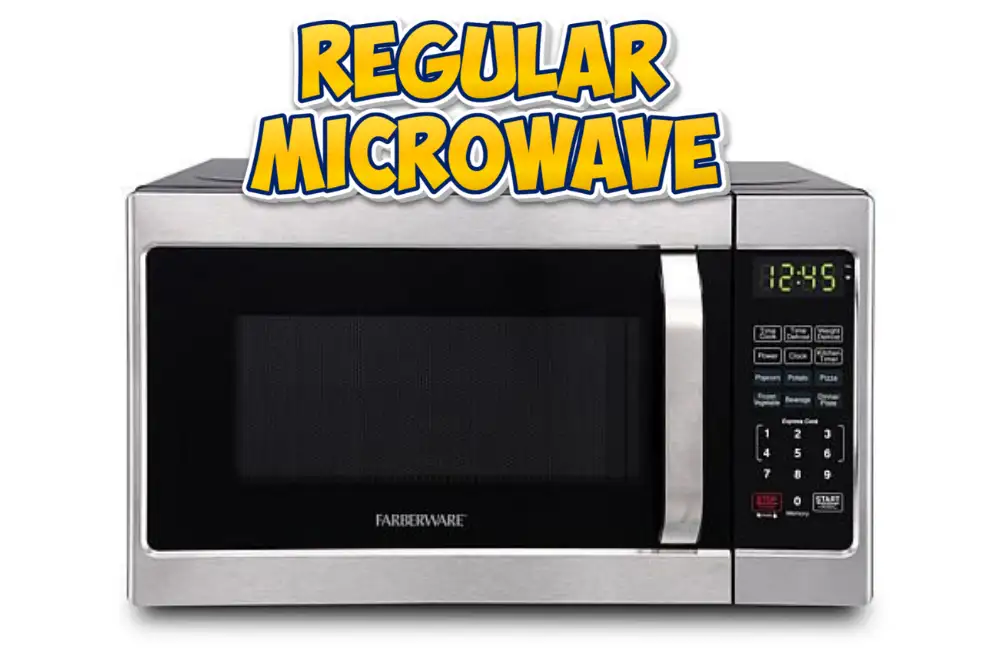
What I Like
Sharing the things that truly made a difference in my everyday cooking routine.
- Simple to Use – I love how easy regular microwaves are to operate. No fancy digital screens or complex options—just turn the dial or press a button and you’re good to go. It’s perfect for quick meals or reheating leftovers without the learning curve.
- Budget-Friendly – Regular microwaves are often more affordable than those with smart features. This has saved me money while still giving me everything I need for daily cooking tasks.
- Reliable Performance – Whether I’m defrosting frozen veggies or heating up soup, my regular microwave gets the job done quickly. It’s dependable and doesn’t overcomplicate things.
- Compact Design – I appreciate how most regular models are compact and don’t hog counter space. This is especially helpful in my smaller kitchen where every inch counts.
- Lasts Long – I’ve found that regular microwaves tend to last for years with minimal issues. Mine has been going strong for quite some time now, which gives me peace of mind.
What Could Be Better
No product is perfect, but these are small areas where I think there’s room to grow.
- Limited Advanced Features – While simplicity is a plus, I sometimes wish it had a few more preset cooking options or sensor cooking for specific foods. But to be honest, I’ve learned to manage just fine without them.
- Basic Design – Most regular microwaves have a very plain look. A little more modern design could make them feel fresher in today’s kitchens—but functionally, they still do a great job.
- Noise Level – Some models can be a bit loud while running. It’s nothing alarming, but a quieter operation would be a nice upgrade for future versions.
- No Smart Connectivity – I know this isn’t expected in this category, but if you’re into smart home gadgets, you might miss those features. That said, for daily tasks, I’ve never actually needed smart tech in a microwave.
My Personal Experience
I’ve been using a regular microwave for over 3 years now, and honestly, it’s become a silent helper in my kitchen. It may not talk back or know my name, but it’s always there when I need it.
Design
Practicality first, always. That’s what drew me in.
The design of regular microwaves is all about functionality. Mine has a classic white exterior with chunky buttons—and while it’s not going to win any design awards, it blends into the kitchen just fine. It’s straightforward, and I never have to guess what button to push. If you like appliances that “just work” without showing off, this style will feel right at home.
Performance
For something so basic, it delivers more than you’d expect.
Performance-wise, it’s been incredibly consistent. I’ve reheated everything from pizza slices to casseroles, and the heat is evenly distributed more often than not. It doesn’t have fancy inverter technology, but honestly, I never missed it. It’s a workhorse—no frills, just reliable heating. That’s exactly what I need when I’m in a rush or too tired to cook from scratch.
Build Quality
Solid and steady—that’s how I’d describe it.
The build on my regular microwave is sturdy. The door has a satisfying weight, the turntable spins smoothly, and everything feels durable. It’s survived years of daily use without a hiccup. I’ve bumped it, overused it, and even had a few spills inside—but it’s still going strong. That kind of reliability makes it easy to recommend to friends, especially those who just want a solid appliance without the extras.
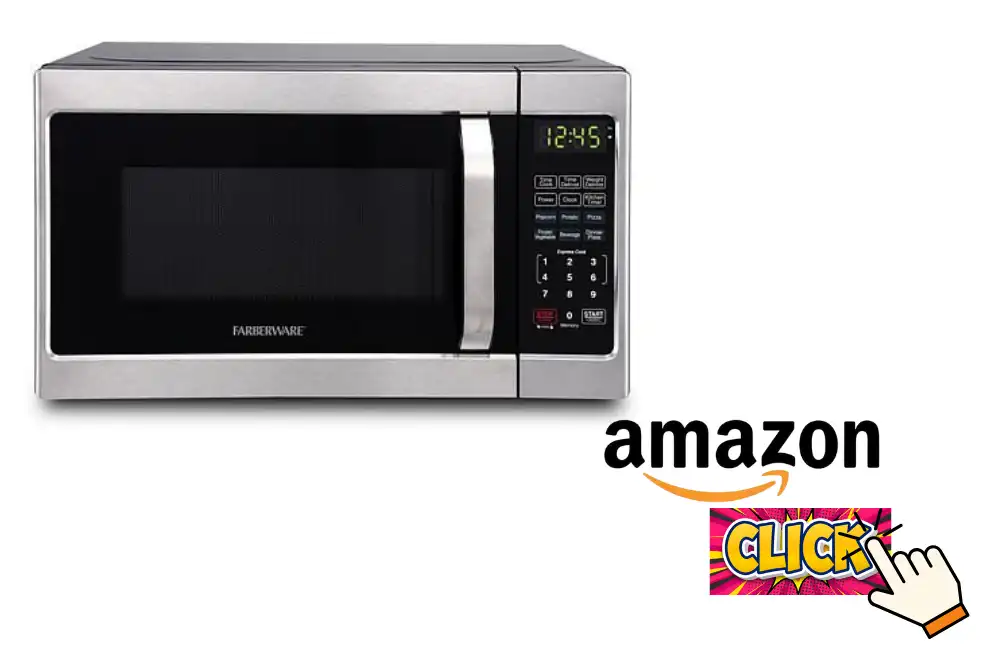
Check Latest Price and Offer at Amazon
Inverter Microwave vs Regular: Details Comparison
I’ve been testing out both inverter and regular microwaves for a few years now. They each bring something different to the kitchen, and after many meals, snacks, and midnight reheats, I’ve learned what sets them apart.
Body: Inverter Microwave vs Regular
Both types come in a range of sizes and styles, but the design approach feels different. Inverter models usually lean toward sleek and modern, while regular ones focus more on function over form.
| Feature | Inverter Microwave | Regular Microwave |
| Exterior Look | Sleek, modern designs | Basic, classic look |
| Controls | Touch panels, cleaner UI | Buttons or dials, simpler |
| Size Options | Wide variety | Mostly compact models |
Rating:
Inverter Microwave: 9/10
Regular Microwave: 7.5/10
Test Results: Inverter Microwave vs Regular
I ran a few basic cooking tests—reheating soup, defrosting meat, and melting butter. The inverter microwaves nailed it with precision, while regular ones got the job done, just less smoothly.
| Task | Inverter Microwave | Regular Microwave |
| Soup Reheating | Even, no splatter | Hot spots, some boil over |
| Defrosting | Gentle, consistent | Uneven, partial cooking |
| Melting Butter | Smooth | Some overheating |
Rating:
Inverter Microwave: 9.5/10
Regular Microwave: 7/10
Controls and Functions: Inverter Microwave vs Regular
Inverter models often come with advanced controls like sensor cook and precision power settings. Regular microwaves keep things simple with manual timers and basic presets.
| Controls | Inverter Microwave | Regular Microwave |
| Power Adjustment | Smooth and variable | Limited to presets |
| Smart Functions | Often includes sensors | Rare |
| Learning Curve | Slightly steeper | Beginner-friendly |
Rating:
Inverter Microwave: 8.5/10
Regular Microwave: 8/10
Shallow Dish Heating Uniformity: Inverter Microwave vs Regular
With shallower dishes (like pasta or casseroles), inverter microwaves keep things even across the surface, while regular ones sometimes create hot and cold patches.
| Test Dish | Inverter Microwave | Regular Microwave |
| Evenness | Very good | Moderate |
| Edge Overcooking | Rare | Sometimes occurs |
Rating:
Inverter Microwave: 9/10
Regular Microwave: 7/10
Deep Dish Heating Uniformity: Inverter Microwave vs Regular
In deeper dishes, inverter tech keeps the core warm without overheating the top. Regular microwaves usually leave the middle a bit cooler.
| Test Dish | Inverter Microwave | Regular Microwave |
| Core Temperature | Even throughout | Warm top, cold center |
| Stirring Needed | Less often | Frequently needed |
Rating:
Inverter Microwave: 9/10
Regular Microwave: 6.5/10
Cooking Times: Inverter Microwave vs Regular
Both heat quickly, but inverter models do it with more control—especially on lower power settings.
| Power Level | Inverter Microwave | Regular Microwave |
| High Power Heating | Fast and even | Fast, uneven |
| Low Power Cooking | Steady and smooth | On-off cycles cause inconsistency |
Rating:
Inverter Microwave: 9/10
Regular Microwave: 7.5/10
Consistent Power: Inverter Microwave vs Regular
This is where inverter microwaves shine. They provide a constant flow of energy. Regular microwaves cycle on and off, which can affect delicate foods.
| Feature | Inverter Microwave | Regular Microwave |
| Power Flow | Steady | Intermittent |
| Food Texture | Maintains consistency | Can dry out or overcook |
Rating:
Inverter Microwave: 10/10
Regular Microwave: 6.5/10
Capacity: Inverter Microwave vs Regular
Both types come in various sizes, but inverter models tend to offer better use of internal space, even in compact frames.
| Capacity | Inverter Microwave | Regular Microwave |
| Interior Space | Efficient layout | Varies by model |
| Fits Large Plates | Often, even in smaller units | Less common in small models |
Rating:
Inverter Microwave: 8.5/10
Regular Microwave: 8/10
Sensor Cooking: Inverter Microwave vs Regular
Sensor cooking is a bonus with many inverter microwaves, adjusting time and power automatically. Regular ones usually don’t have this.
| Feature | Inverter Microwave | Regular Microwave |
| Sensor Reheating | Common | Rare |
| Auto Cook Functions | Precise | Basic or preset-only |
Rating:
Inverter Microwave: 9/10
Regular Microwave: 6/10
Technology: Inverter Microwave vs Regular
The inverter tech itself is the big upgrade. It changes how food is cooked—less brute force, more finesse.
| Technology | Inverter Microwave | Regular Microwave |
| Power Delivery | Inverter (steady) | Transformer (pulsed) |
| Efficiency | Higher | Standard |
Rating:
Inverter Microwave: 9.5/10
Regular Microwave: 7/10
Overall: Inverter Microwave vs Regular
Both have their place. Regular microwaves are simple and reliable. Inverter ones are more refined, especially for serious home cooks.
| Aspect | Inverter Microwave | Regular Microwave |
| Best For | Precision, consistent cooking | Simple, everyday use |
| Reliability | High | High |
| Learning Curve | Slight | Very low |
Rating:
Inverter Microwave: 9/10
Regular Microwave: 8/10
Price: Inverter Microwave vs Regular
Inverter models usually cost more upfront but save energy and offer more value over time. Regular ones are budget-friendly from the start.
| Cost Factor | Inverter Microwave | Regular Microwave |
| Initial Price | Higher | Lower |
| Long-Term Value | Higher due to features | Good for simple needs |
Rating:
Inverter Microwave: 8/10
Regular Microwave: 9/10

FAQ: Inverter Microwave vs Regular
Is an inverter microwave better than a regular one?
In many ways, yes. Inverter models heat more evenly and gently, which helps with defrosting and delicate foods. Learn more about how they compare.
What makes inverter microwaves different from regular ones?
Instead of pulsing power on and off, they use steady energy. This helps food cook more evenly without burning or cold spots. Discover the benefits inside.
Are inverter microwaves worth the higher cost?
If you cook often or care about texture and control, they’re worth it. They save time and energy too. Explore if the upgrade fits your needs.
Do regular microwaves still work well for daily use?
Absolutely. They’re simple, strong, and reliable—perfect for quick meals and reheating. Learn more about where regular models still shine.
What is the best choice for first-time microwave buyers?
It depends on your habits. If you want ease and value, go regular. If you want precision, try an inverter. Find out which one suits your style.

